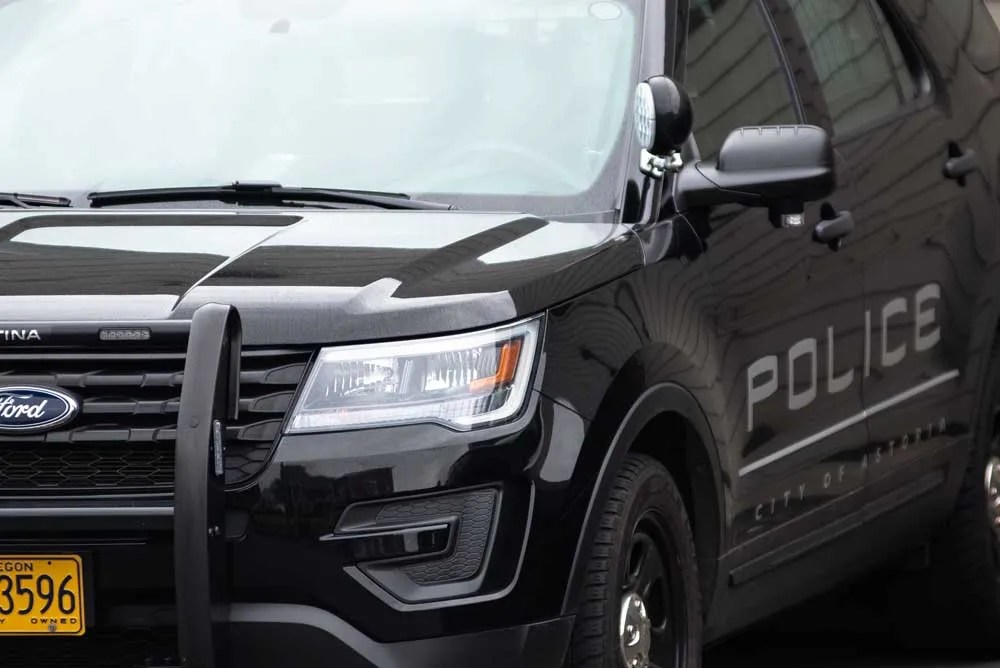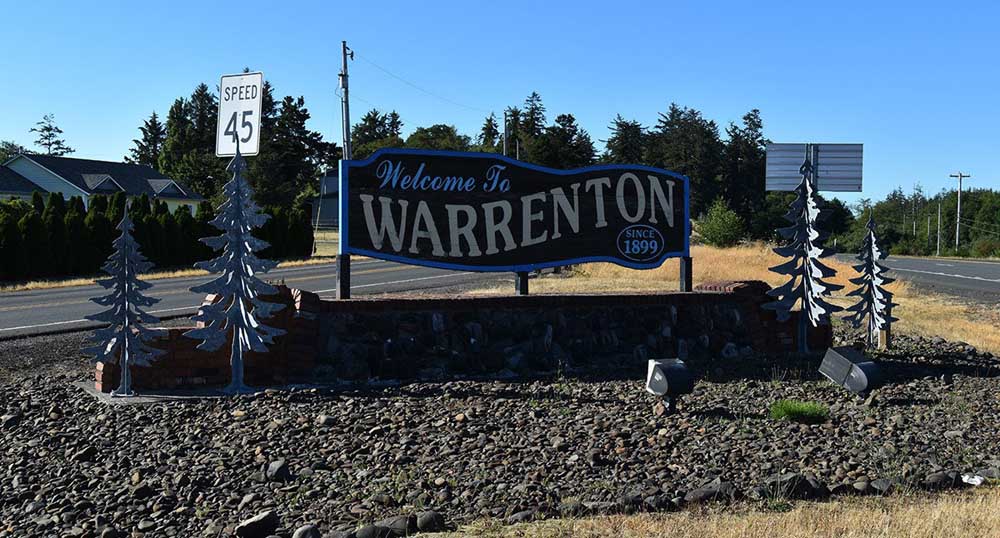Let’s ride!?Hitting local trails on all-terrain vehicles
Published 5:00 pm Wednesday, August 19, 2009
If your idea of fun is getting outdoors and enjoying nature while having a little power at your fingertips, there are plenty of places around the Columbia-Pacific region where the entire family can go to ride all-terrain vehicles, or ATVs.
For riders who may have just discovered the sport, or who are new to the area, the Pacific Trail Riders Club offers more than just a few helpful ways to get started.
The club organizes a couple of rides a month where they will take new members out and show them around. One popular spot to ride is the Bay Front area in Warrenton, off King Street at the mouth of the Skipanon River. The site features 250 acres of mostly sand – which is great for friendly races. Other riders head out to Jones Beach on the Clatsop/Columbia County border, two miles east of Westport, or down to Sand Lake, south of Tillamook.
But the club’s favorite spot to ride, and their pet project for the past several years, is the Nicolai Trails Riding Area, east of Gnat Creek Fish Hatchery off U.S. Highway 30.
The area is part of Oregon State Forest land – 37,000 acres of wooded hills that are open to recreational users including hikers, mountain bikers, horseback riders and ATVs, also commonly called Off-Highway Vehicles.
“All state forests are open to OHV riding,” explained Don Hall, owner of L&D Race Tech in Warrenton. “In nonmotorized zones, you have to stay on the logging roads. In the motorized areas, you can ride on approved ATV trails.”
The club has been working for the past several years to improve the trails for ATV riders. Members have plans to build a staging area where riders can set up camp or have picnics, with plenty of parking and public restrooms. They also have weekly work parties to cut new trails and maintain the existing ones.
“We’re working on having the Nicolai area set up like Browns Camp in the Tillamook State Forest, where all the trails are marked and posted,” said Pacific Trail Riders Club member Paul Houk, of Knappa.
Houk joins Hall and other club members every Wednesday to work on the trails. Strapping chainsaws, brush cutters and pickaxes onto their four-wheelers’ cargo beds, they head into the woods above Clifton and Bradwood.
“First we flag the trails and make sure they’re on good ground, and they have good drainage,” explained Houk. “If they’re off camber, we make sure it isn’t really bad, but if it is, we get out our pickaxes and dig it more level. We cut brush and limbs … sometimes we lay gravel and build bridges over wet areas.” Houk said the group spends four to six hours improving trails on each outing, and then takes a couple of hours just to ride for fun.
Club members are working toward the day when the Oregon State Forest Service will publish a map of the Nicolai area showing all of the trails. “Everybody’s coming together, pulling together, which is really nice,” said Houk.
Hall emphasized that their work isn’t just for the benefit of ATV riders. “You have people going up there for huckleberries, mushroom pickers, mountain bikers, hunters,” he said.
The club is also applying for an ATV grant through OPRD to build a kiddie loop at Nicolai, with gentle, curved banks and places for parents to sit and watch. “Some of the best fun you can have with your family is just camping out and riding the trails,” said Hall.
The Oregon Parks and Recreation Department devotes a whole division to overseeing and regulating ATV use in the state. OPRD sets the rules for operating ATVs and encourages users to ride responsibly. Anyone operating an ATV in Oregon is required to buy an Operating Permit, which costs $10.50 and is good for two years. The fees go toward the ATV grant program and other costs of operating the division.
More than 50,000 riders have completed the OPRD’s ATV Safety Education course so far in 2009, according to its Web site at www.oregon.gov/oprd/atv. As of Jan. 1, 2009, riders aged 15 or younger are required to wear a helmet and complete the safety course, which can be done online. They must also be supervised by an adult who has also completed the safety course.
The minimum age for taking the safety training will be going up each year, until 2014, when all ATV riders will be required to hold a safety card.
Other safety factors are more a matter of common sense. “Safety considerations for kids are to have them on the right size machine, and supervised,” said Hall. “Lots of people start out buying a big machine they’re not capable of handling,” Houk noted. “Start out small and work your way up.”
Houk keeps a couple of small ATVs for his great-grandchildren to ride when they visit his 10-acre property in Knappa. “If you teach ’em right, hopefully they grow up and do it right,” he said.
Houk said he uses his rig for everything from hauling firewood to checking fences. “I get a lot of pleasure and enjoyment from it,” he said.
Off-Highway Vehicle Riding Tips
The Oregon Parks and Recreation Department encourages OHV users to follow these tips to ensure OHVs continue to have access to public lands:
Know where you’re permitted to ride and where you’re not.
Respect private property and closed areas.
Avoid wet areas and waterways. They are a vital resource for many plants and animals. If you must cross water, ride carefully and only at designated spots.
Cutting switchbacks and taking shortcuts damages trails and causes erosion. Share the trails and make friends with other trail users. Respect their rights to the trail too.
Respect seasonal closures. They are needed to minimize damage to the trails and allow time for animals to reproduce undisturbed. View animals from a distance. When they flee, they use valuable energy reserves.
Be part of the solution. Volunteer to help maintain trails and protect our natural resources. Join an organized club in your area.
Know and respect the sound limits where you ride. Keep your RPMs and speed down and steady when you are around non-riders.
Always use a spark arrester. It doesn’t sacrifice power, but can save the forest from fires.
Maintain your exhaust system. Remember, noise doesn’t equal horsepower. Too little exhaust back-pressure can actually cause less power and engine damage.
If you “pack it in, pack it out.” Trash is an eyesore and it attracts scavengers that endanger other wildlife. Remember, even biodegradable materials such as food scraps take time to break down. Pacific Trail Riders Club members convert the tires on their ATVs to tracks and play in the snow.





